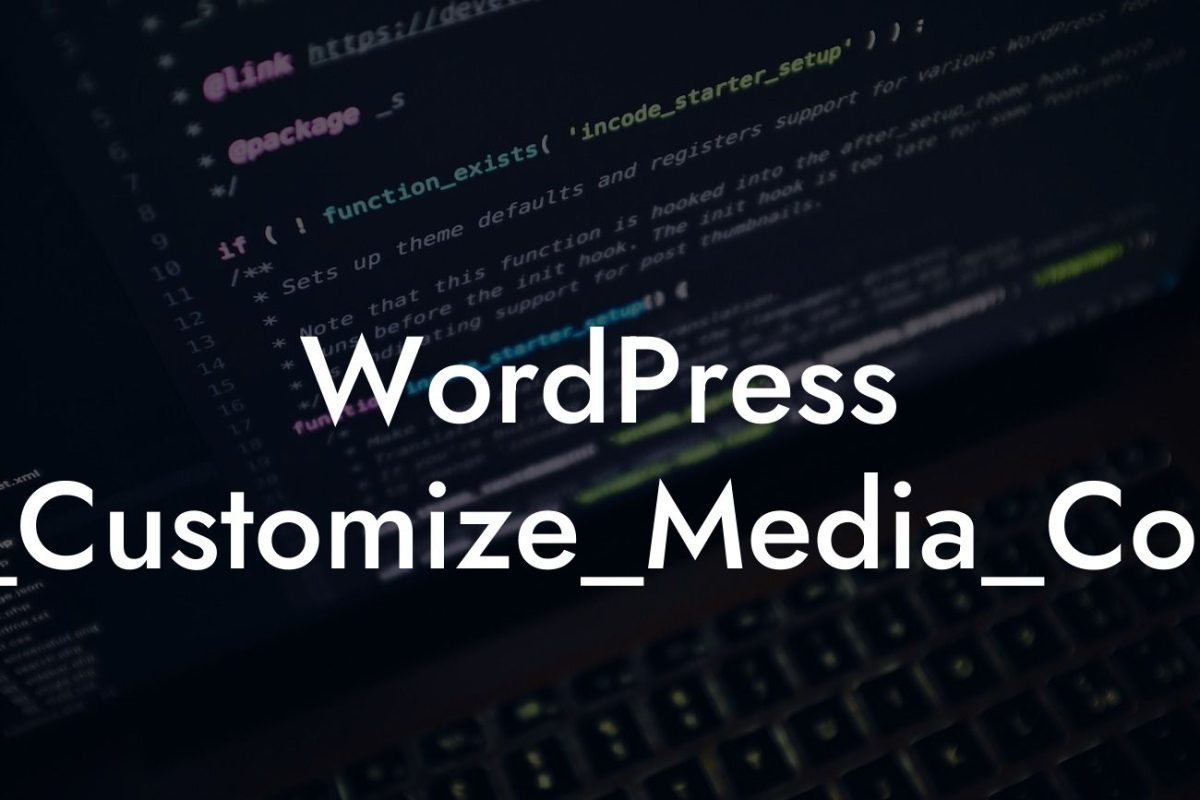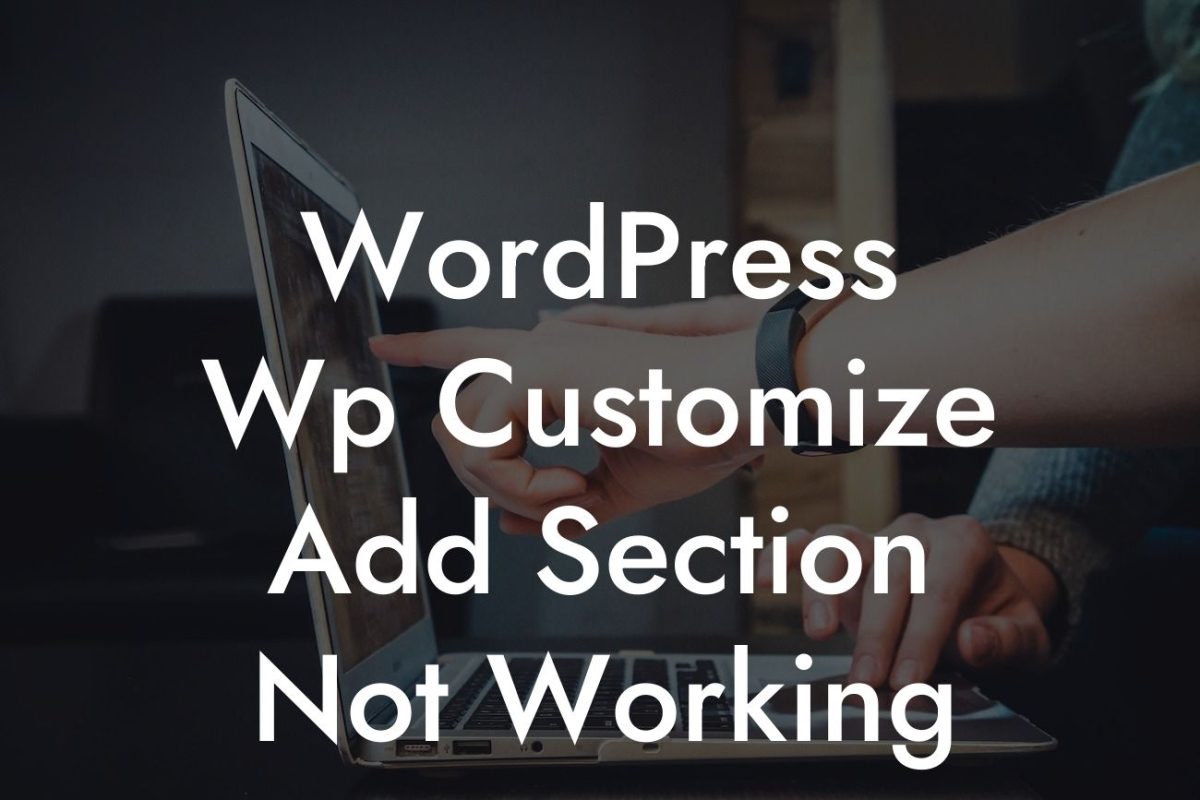Welcome to DamnWoo’s comprehensive guide on WordPress backend terminology! If you’re a small business owner or entrepreneur looking to enhance your WordPress customization skills and take your online presence to new heights, you’ve come to the right place. In this article, we’ll delve into the world of backend terminology, providing you with the knowledge and insights to declutter your admin area, improve efficiency, and supercharge your website’s performance. Say goodbye to confusion and embrace the power of knowing your way around the backend of your WordPress site!
As we embark on this journey through WordPress backend terminology, let's start with a brief overview of the key components. From there, we’ll dive deeper into each one, providing you with clear explanations and practical tips to optimize your website:
Congratulations! You have now leveled up your WordPress customization skills by understanding backend terminology. Declutter your admin area, optimize your website's performance, and unlock the full potential of your WordPress site. Join DamnWoo today and explore our range of powerful plugins tailored specifically for small businesses and entrepreneurs. Don't forget to share this article with others who may benefit from it and check out our other guides on DamnWoo. Let's revolutionize the way you create and manage your online presence together!
Wordpress Customize Backend Terminology Example:
To illustrate the importance of backend terminology, let’s consider an example. Imagine you’re a small business owner and you want to customize the appearance of your WordPress site by changing the font size. Without understanding the backend terminology, you may find it challenging to navigate the options available in your theme’s customization settings. However, armed with knowledge of backend terminology, you’ll know exactly where to find the CSS stylesheet and easily modify the font size using the appropriate code. This simple example highlights how backend terminology empowers you to achieve your desired website customization effortlessly.
Looking For a Custom QuickBook Integration?
Backend Terminology Basics:
Understanding basic backend terminology is essential for effectively customizing your WordPress site. Let's start by exploring some key terms:
1. Admin Area: The backend interface of your website where you can manage content, activate plugins, and make overall customizations.
2. Dashboard: The main control panel in the admin area that provides an overview of your site's activities, including recent blog posts, comments, and plugin updates.
3. Plugins: Additional software components that add specific features and functionality to your WordPress site.
4. Themes: Pre-designed templates that determine the appearance of your WordPress site, including layout, color scheme, and typography.
5. CMS: Content Management System, the software used to create, manage, and modify digital content without requiring extensive coding knowledge.
Optimizing Backend Performance:
Having a cluttered backend can negatively impact your site's performance and efficiency. Here are some tips to declutter and optimize your WordPress backend:
1. Deactivate Unused Plugins: Remove any unnecessary plugins as they can slow down your site and increase the risk of security vulnerabilities.
2. Organize Dashboard Widgets: Customize your dashboard by removing unused widgets and keeping the most relevant ones accessible.
3. Keep Themes and Plugins Updated: Regularly update your themes and plugins to ensure optimal performance and security fixes.
4. Utilize Caching: Install caching plugins that store static versions of your site's pages, reducing the load on your server and improving speed.
Wordpress Customize Backend Terminology Example:
To visualize the importance of optimizing backend performance, let's consider a scenario. A potential customer visits your WordPress site and is greeted with sluggish loading times due to an overcrowded backend. Frustrated with the experience, they abandon your site and choose a competitor instead. By applying backend optimization techniques, you can enhance your site's performance, provide a seamless user experience, and ultimately increase customer satisfaction and conversions.
Congratulations! You have now learned the ins and outs of WordPress backend terminology and how it can revolutionize your website customization. Apply these newfound skills and optimize your site's performance to stand out in the online world. Don't forget to explore DamnWoo's range of powerful plugins tailor-made for small businesses and entrepreneurs. Share this article with fellow WordPress enthusiasts to help them elevate their online presence too. Stay tuned for more engaging guides on DamnWoo as we continue to empower you on your path to success!













